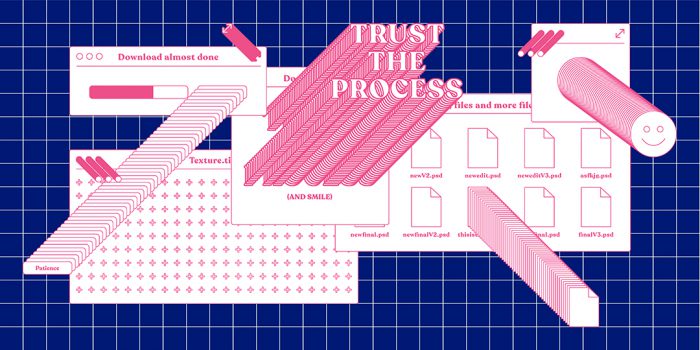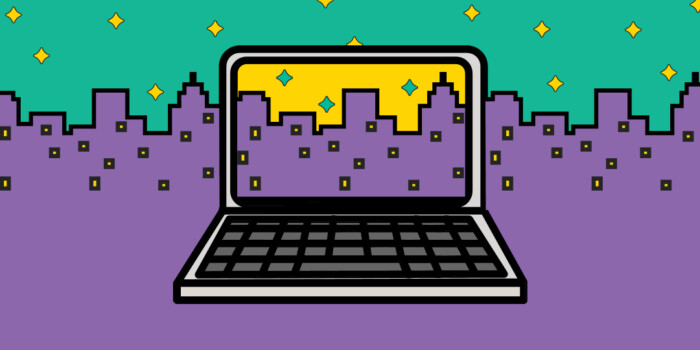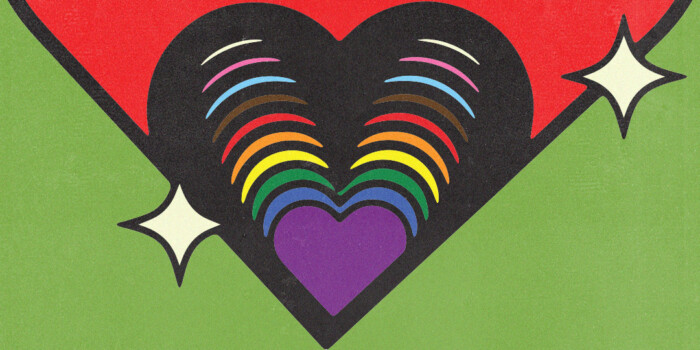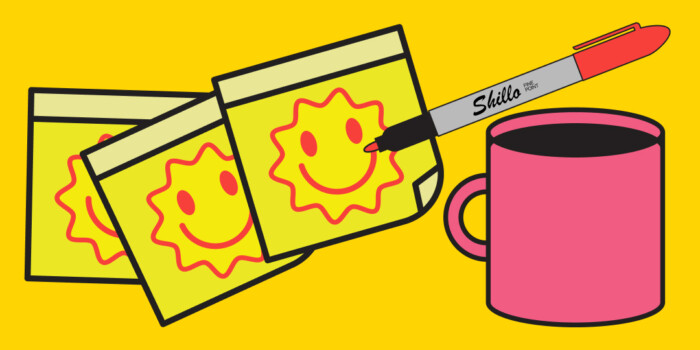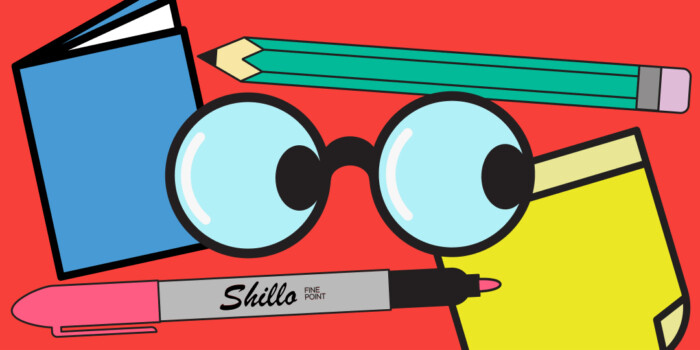People Are Your Passport

Alec Dudson is the founder and Editor-in-chief of Intern Magazine, based in Manchester, UK. Intern is a platform for and by creative youth that empowers the next generation through content, support and training. He’s on a mission to make the creative industries more diverse and launched a new podcast, The Ladder at the beginning of this year.
You’re involved in the creative industries at a time where practically every brand and company on the planet has to take visual communication seriously. There are no longer any shortcuts. Brands must have an online presence and the tone, aesthetic and delivery of that can make or break them. As such, your prospective client base is almost entirely free of boundaries. At some point, everyone, everywhere is going to need some graphic design services as they look to elevate their game, personal brand or the fortunes of their business. The only thing stopping you from being the person to help them with those things, is that you don’t know them yet.
Whether you’re currently studying or deep in the game, your skill as a designer or creative will continue to develop throughout the course of your career, but skill alone won’t get you the freelance work, the job in an amazing studio or ensure that you work on the most exciting, purposeful and fulfilling projects.
The key to all of those things, is the network that you build. Ask any superstar designer how they got their break and almost without fail, they landed a job through someone they knew. It’s how the world works and if that sounds daunting, don’t worry, it needn’t be.
No need for nerves
Networking is a term that often makes people feel uneasy. I always used to envision a room full of ‘suits’ who wouldn’t “get me” and didn’t want to know me, unless they could figure out how to extract value from me. I used to dread the idea of going out and trying to start conversations with these imagined bloodsuckers, sure that it would not just be a waste of time, but leave me open to being ripped off. Over time, I realised that networking is something that you retain complete control over and, as such, can happen on your terms. The way I think of it now is ‘getting to know people who I find fascinating, would love to learn from and work with’. It’s a pretty dramatic change of perspective, I’ll admit, but one that came about when I realised that I’d been networking since I started Intern, I’d just enjoyed it so much that I’d never stopped to label it as such.
That new outlook paid off in two major ways. Firstly, I started to actively build a trusted circle of people who make my day-to-day more manageable. This is key as a freelancer as working on your own can be tough. Having people who you can turn to for some quick advice, a second opinion or feedback is invaluable. I’d go as far as to say game-changing. You’ll probably already have people like this in your class, who you’ve clicked with and who you help when they’re struggling too. Keep hold of these people, we all need a hand sometime. The second big change was that over time, I started to get the kind of work that I’d wanted all along. For me, that usually comes in the form of projects for partner brands.
By making the effort to build relationships with the people who I wanted to work with and by better understanding their needs, along with ensuring that they know my motivations, I had the necessary foundations to successfully pitch exciting projects, for good money.
Assembling your crew
It’s not something that happens overnight, like all relationships, those in your network need to be nurtured, but you have to remember that it’s not a chore. If you’re linking up with people who genuinely inspire you, catching up with them should be a pleasure. Just because something doesn’t feel like work, that doesn’t necessarily mean that it isn’t work. Talking of inspiration, I’d encourage all of you to look far beyond graphic design when building your own networks. What are your passions beyond this craft, are you really into space exploration? Maybe you’ve got a thing for independent filmmaking, cross-fit, cartography, performance art or beekeeping? These interests should also guide the makeup of your network. I often see graphic design students spending their time looking to connect with established graphic designers—and that’s fine—but that often comes at the detriment to all of the opportunities they could be unlocking.
You might get some freelance or junior work from another graphic designer, to help ease their workload, but everyone needs graphic design, right? Whatever your hobbies or passions are, connect with people in those spaces, learn more about the things you love and as they get to know that you’re a graphic designer, they’ll ask you about their brand, see what your take is and find work for you. Imagine how less competitive some of those niches are, rather than waiting for another designer to hand you an opportunity, you can be offered it in the first place.
Crushing it IRL and OL
With an openness to building a diverse network, you can work around the globe, over a variety of industries, specialisms and interests. There’s a good chance as well that you’ll have the opportunity (should you want it) to further broaden your skillset. That might sound a grand claim, but it’s true. Think carefully about who you want to hook up with and what the best way is to start a conversation with them. Keep an eye out for local events that cover any topic that you’re intrigued by. When you go to an event, stick around at the end and try to get five minutes with the speaker who really blew you away. Connect with them on social, post afterwards and tag them in it.
Work on an ‘elevator pitch’ that quickly explains who you are and what you do. I use the structure ‘what’, ‘how’ and ‘why’ for my elevator pitches and I practice them with friends until they become instinctive.
Don’t overlook the power of connecting online. Direct messages on Instagram can be a great conversation starter, depending on context and LinkedIn (which I used to dismiss) can help put you in touch with people who share your interests, just be sure to post some content on there to start conversations.
Start by drawing up a ‘circle of influence’. Aim for a dozen names to start you off, only two of them graphic designers. Make the rest people who you are intrigued by. Find contact details online and make your intro online or via post. Let them know what it is that you love about what they do and how that ties in to your interests. Where possible try and arrange face-to-face meetings, failing that a video chat can build an initial familiarity. Don’t think about the reasons that they might not be interested, think about all the reasons that you’d be a great person to get to know. It can seem like a big step, but before you know it, you’ll be having some cool af conversations and getting to put these design skills to work in amazing ways.
Understand the value
This network is yours. It’ll be different to anyone else’s and as such, it’s incredibly valuable, not only to you, but to potential clients, collaborators and people who, down the line want to be doing what you’re doing. As you start to work with bigger clients and on bigger jobs, you’re going to need a team. If you’ve already got coders, filmmakers, producers, animators and an eclectic range of influencers in your circle, there’s not going to be much that you can’t pull off. As you gain a reputation for delivering varied, quality projects, you’ll get to pick and choose the work that you do even more. This network is your passport to working anywhere and on anything and it’s a vital tool in your career, so build it just the way you want it to be.
Originally published in Shillington Post 07—The International Issue.
Keep up to date with Intern by following them on Twitter, Instagram and Facebook.
Photo credit: Marvin Meyer on Unsplash
Want to win some amazing prizes and stay in the loop with all things Shillington? Sign up to our newsletter to automatically go in the draw.


